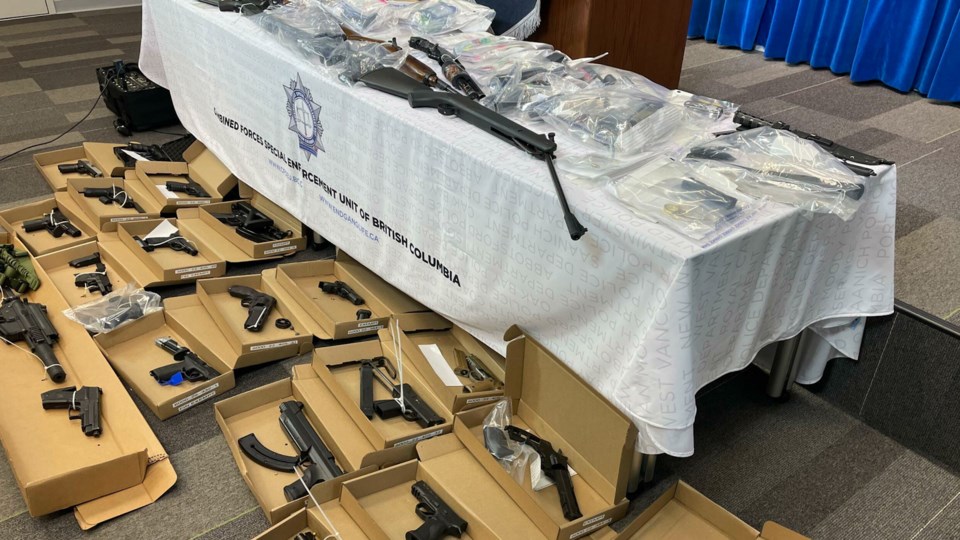During the first year of the pandemic, firearm-related violent crimes climbed in southern rural British Columbia faster than anywhere else in Canada, says a new report from and the Canadian Centre for Justice and Community Safety Statistics.
From 2019 to 2020, southern rural B.C. saw a 34 per cent increase in gun-related violent crimes. That puts the B.C. region ahead of northern rural Ontario and rural Alberta (both up roughly 32 per cent)) as well as the Northwest Territories, which saw a 23 per cent jump.
The gun-related violent crime was largely due to an increase in "certain types of crime," including discharging a firearm with intent, pointing a firearm, and using a firearm in an indictable offence, states the report.
The upward swing in rural gun violence is an acceleration of an increase that began in 2014 after years of declines. On average, rates for these offences from 2015 to 2020 were nearly twice as high as those reported from 2009 to 2014.
During the first year of the COVID-19 pandemic, police across Canada reported 8,344 victims of violent crimes where a gun was present.
And while southern rural B.C. saw the biggest increase in gun-related violent crime, other regions of the country reported much higher overall rates.
Saskatchewan, Manitoba and all three territories reported the highest rates of firearm-related violent crime in 2020.
In urban areas, the majority of victims of firearm-related violent crimes involved a handgun (63 per cent). In rural areas, rifles and shotguns were more commonly used, appearing in 43 per cent of such crimes. Pellet guns or flare guns, meanwhile, were involved in 30 per cent of crimes in rural areas as opposed to 20 per cent in urban areas.
Sawed-off rifles or shotguns and fully automatic firearms remain rare in Canada gun-related violent crimes at just five per cent in urban areas and seven per cent in rural areas, says the report.
In 2020, police reported a total of 743 homicide victims in Canada — in 277 of them, a firearm was used to commit the homicide.
The province with the highest rate of firearm-related homicides in 2020 was Nova Scotia. This was connected to the mass shooting in April 2020 that left 22 people dead. After this, the federal government amended regulations to prohibit over 1,500 models and variants of assault-style firearms.
Gang activity was confirmed or suspected in 39 per cent of all firearm-related homicides in Canada.
According to the report, one in four female victims of firearm-related violent crime were victimized by a current or former spouse.
Canadian law requires an individual have a valid license under the Firearms Act in order to own or possess a firearm or to purchase ammunition.

